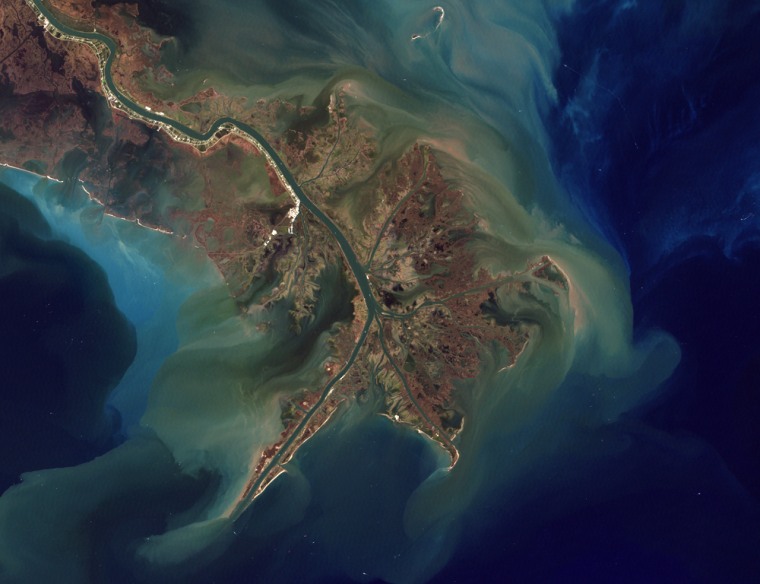While carbon dioxide has been getting lots of publicity in climate change, reactive forms of nitrogen are also building up in the environment, scientists warn in two new studies.
"The public does not yet know much about nitrogen, but in many ways it is as big an issue as carbon, and due to the interactions of nitrogen and carbon, makes the challenge of providing food and energy to the world's peoples without harming the global environment a tremendous challenge," University of Virginia environmental sciences professor James Galloway said in a statement.
"We are accumulating reactive nitrogen in the environment at alarming rates, and this may prove to be as serious as putting carbon dioxide in the atmosphere," said Galloway, author of a paper and co-author of a second on the topic in Friday's issue of the journal Science.
While nitrogen alone is inert, harmless and makes up 78 percent of Earth's atmosphere, reactive nitrogen compounds — such as ammonia — have been released by its use in nitrogen-based fertilizers and the large-scale burning of fossil fuels.
'Nitrogen cascade' cited
Various forms of nitrogen contribute to greenhouse warming, smog, haze, acid rain dead zones with little or no life along the coasts, and depletion of the ozone layer in the stratosphere, the researchers concluded.
Galloway and his peers refer to it as a "nitrogen cascade."
"A unique and troublesome aspect of nitrogen is that a single atom released to the environment can cause a cascading sequence of events, resulting ultimately in harm to the natural balance of our ecosystems and to our very health," Galloway said.
In the statement issued with the study, an example was given of a nitrogen atom that starts out as part of a smog-forming compound and is then deposited in lakes and forests as nitric acid, which can kill fish and insects.
Once carried out to the coast, the same nitrogen atom may contribute to red tides and dead zones, the researchers said. After that, the nitrogen returns to the atmosphere as part of the greenhouse gas nitrous oxide, which destroys atmospheric ozone.
Alternatives proposed
The researchers propose ways to reduce nitrogen use, ranging from encouraging its uptake by plants to recovering and reusing nitrogen from manure and sewage and decreasing nitrogen emissions from fossil fuel combustion.
"Nitrogen is needed to grow food, but because of the inefficiencies of nitrogen uptake by plants and animals, only about 10 to 15 percent of reactive nitrogen ever enters a human mouth as food," Galloway said. "The rest is lost to the environment and injected into the atmosphere by combustion."
Galloway said consumers can reduce their own nitrogen footprints by using less energy, traveling less and eating locally grown vegetables as well as more fish and less meat.
